2018-05-24T16:27:00
(BPT) – Summer is here. That means you’ll get a lot more use out of your shorts, your flip flops and of course, your grill. According to Cargill’s recent Feed4Thought survey, 72 percent of Americans grill and 41 percent grill at least once a week.
No matter which cut of meat is your favorite, or what your feelings are on the gas versus coals debate, there is one thing everyone needs to consider as the grilling season kicks off: food safety.
Grilling is both a tradition and a way to get the most out of your favorite cuts of meat, says Chef Stephen Giunta, culinary director at Cargill. It’s important to get your meat from a source you trust and to follow safe handling practices at home.
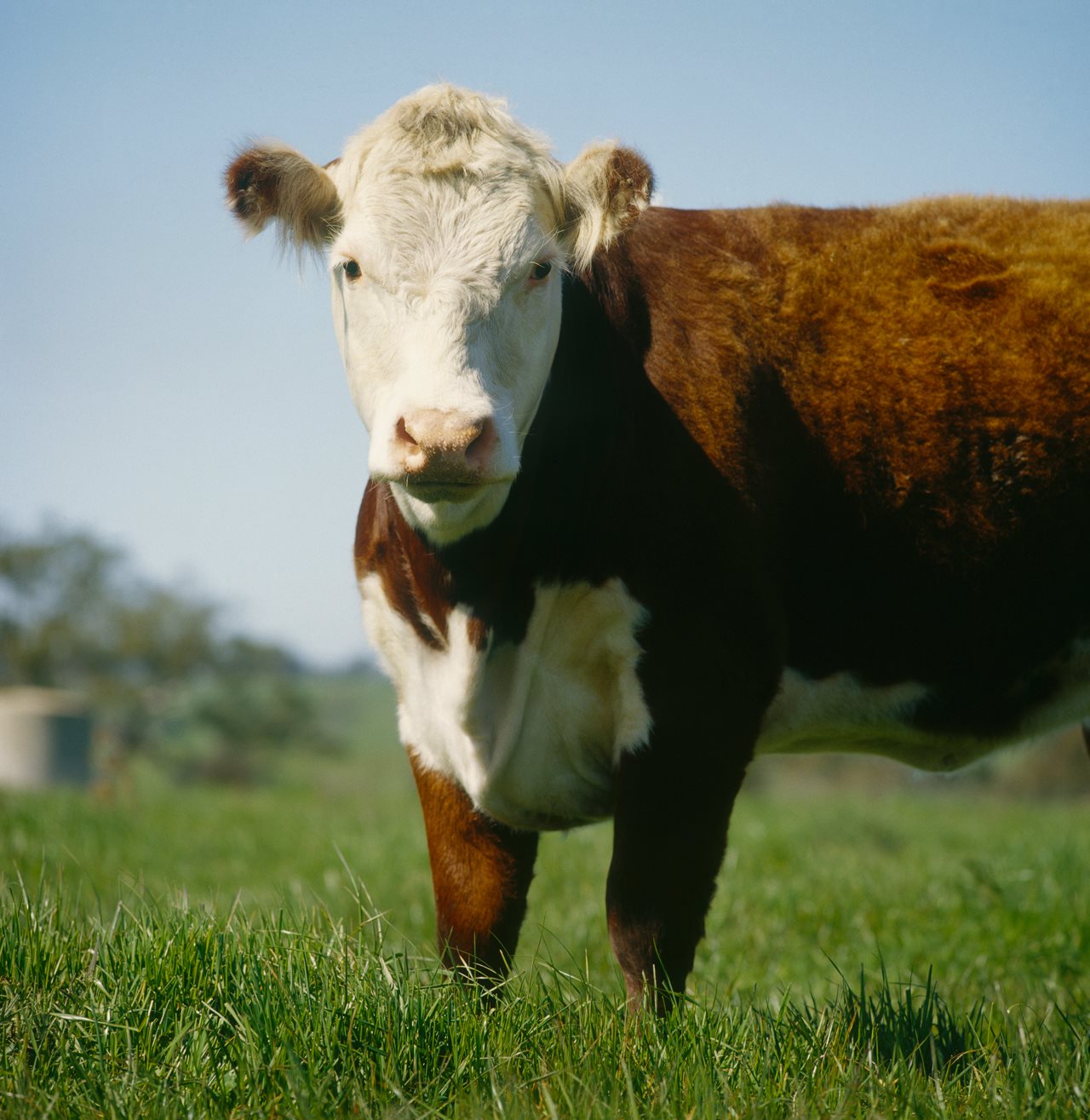
The safety of your food starts on the farm, with 87 percent of respondents saying they believe an animal’s diet impacts food safety. It also extends to the store, with 94 percent of respondents believing their meat and poultry is safe when purchased.
But it doesn’t end there. To keep your meat and poultry safe from the store to the dinner table, follow these five tips.
1. Be a smart shopper
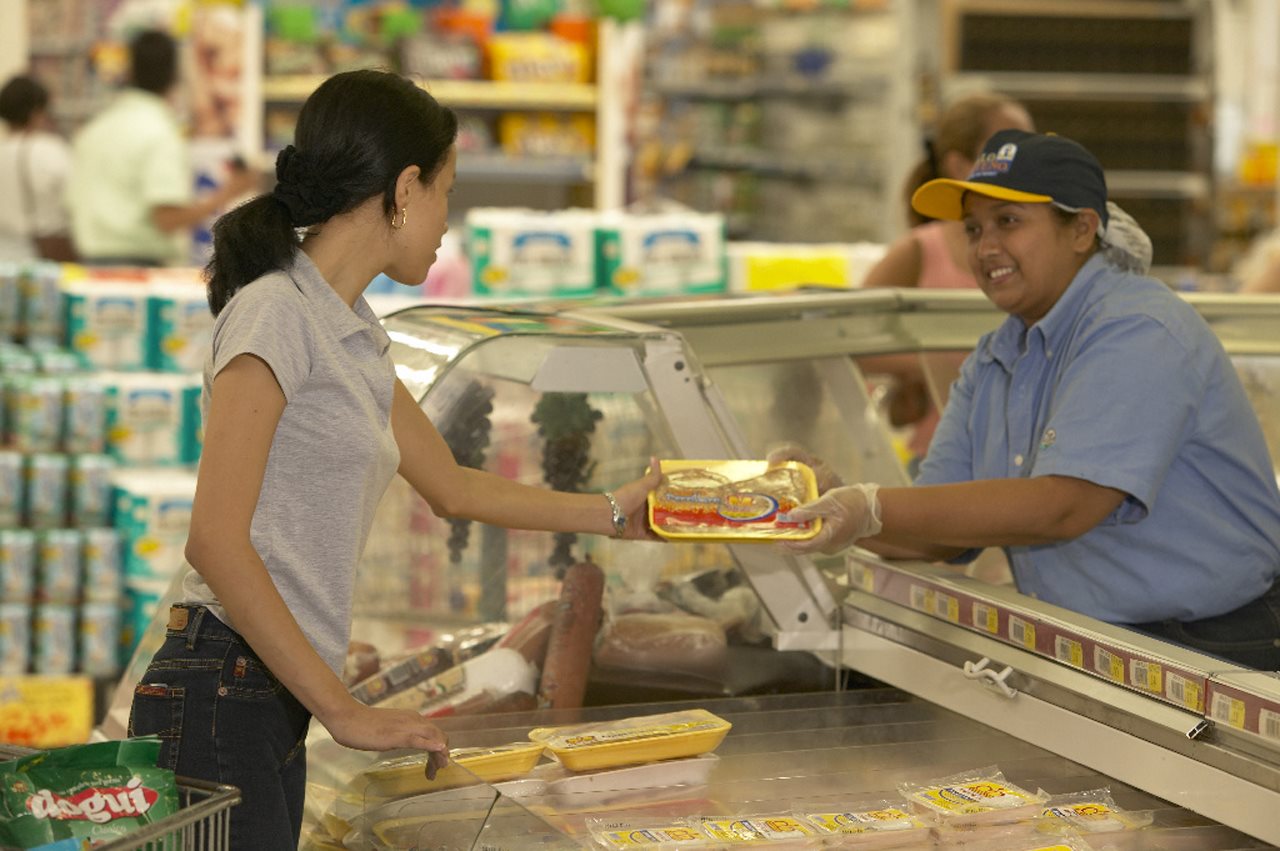
Nearly 80 percent of respondents in the survey said they believe food producers are taking the necessary steps to ensure meat for grilling is safe. Additional steps to take on your end involve purchasing cuts of meat that are well within their freshness date and cooking them as soon as possible. Look for meat and poultry that is one inch thick or less, which cuts down on cooking time.
2. Don’t just guess, measure the temperature
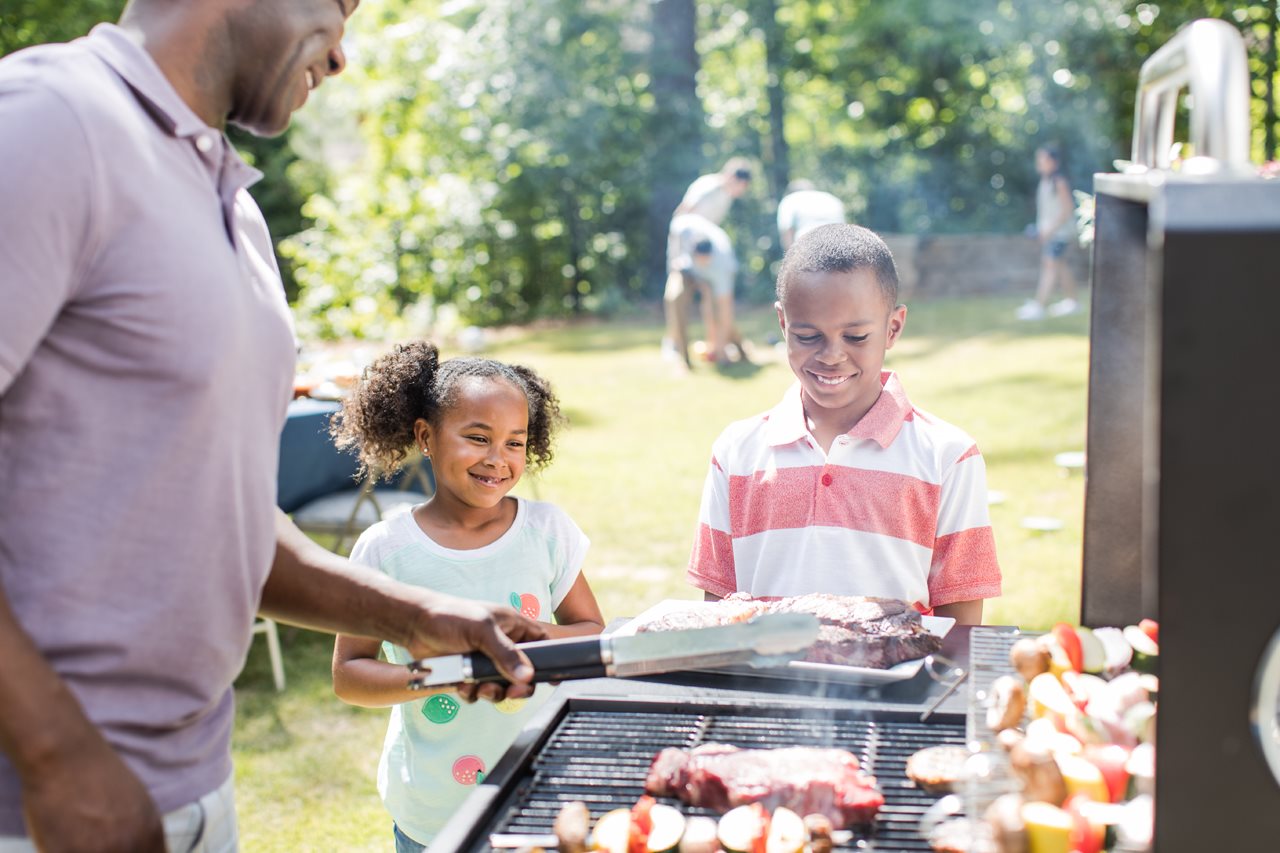
Almost 80 percent of people say they grill their meat to the proper temperature. To make sure your culinary creation is cooked to a safe temperature, invest in a good meat thermometer. The internal temperature for poultry should be 165 degrees F, for ground beef 160 F, and at least 145 F for a medium-done steak. Remember to clean and sanitize the thermometer after each use.
3. For those sizzling summer days that are perfect for grilling
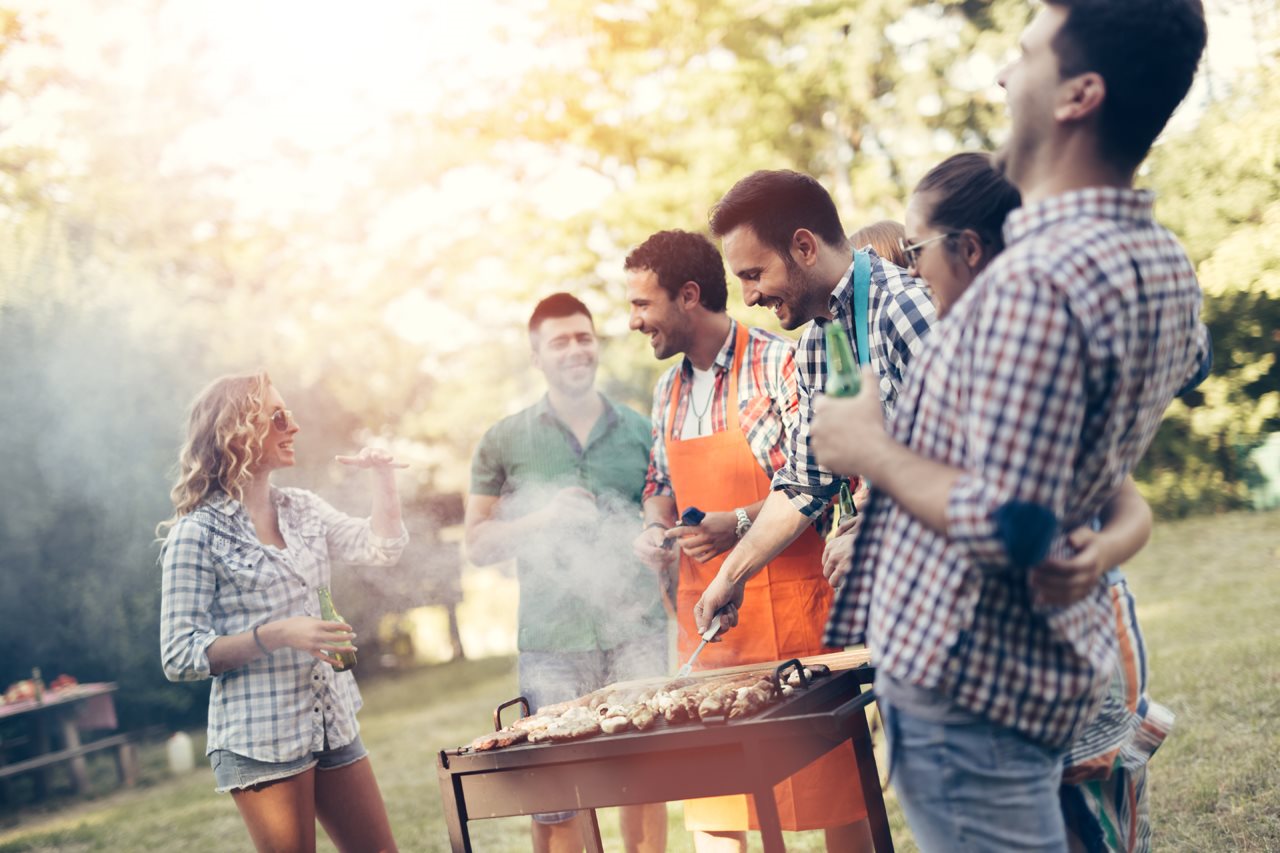
On particularly warm days, keep meats cold by placing them in a baking dish or roasting pan, then placing that pan on ice.
4. Keep an eye out for cross-contamination
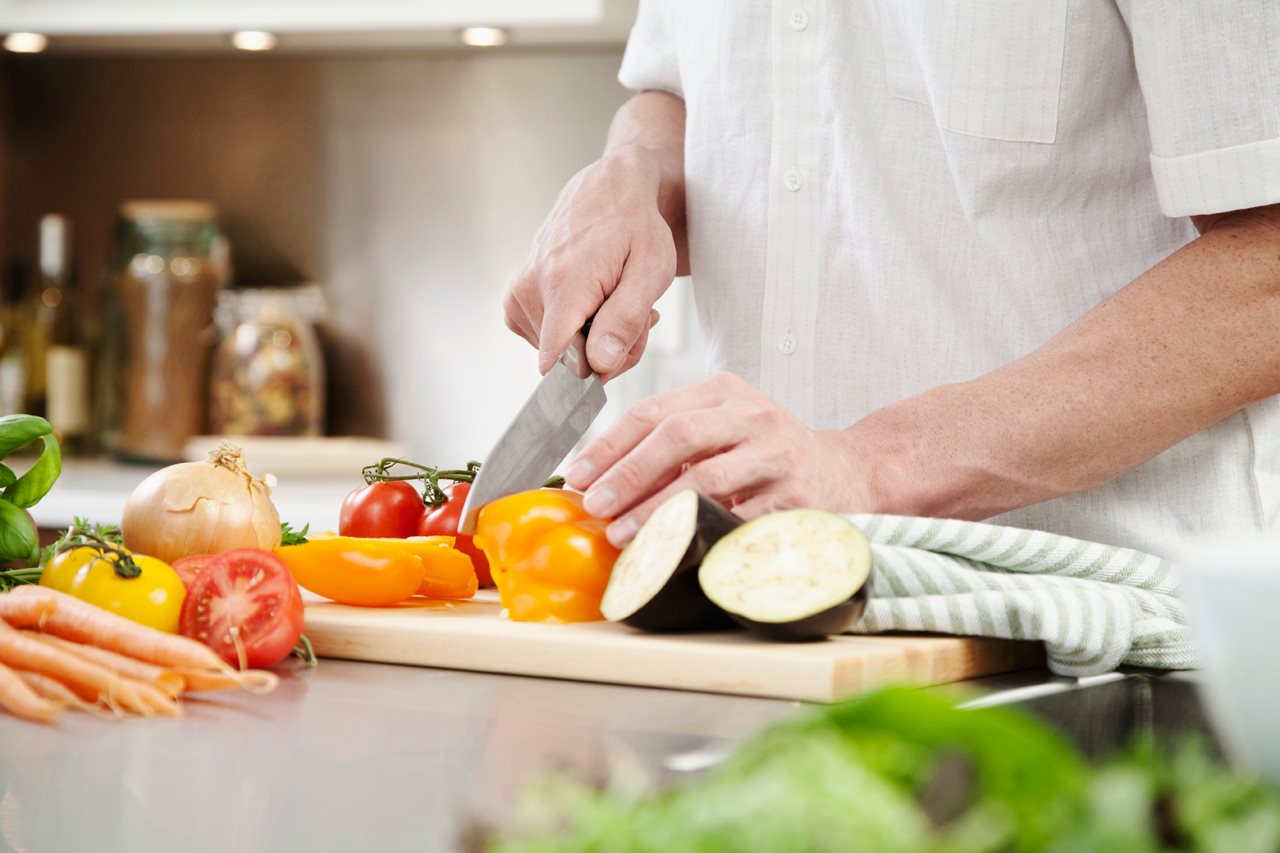
Use antibacterial wipes on all cutting tools, carving boards and grill tools before, during and after cooking. Don’t cut vegetables on surfaces that raw meats or poultry touch!
5. Safely enjoy the leftovers
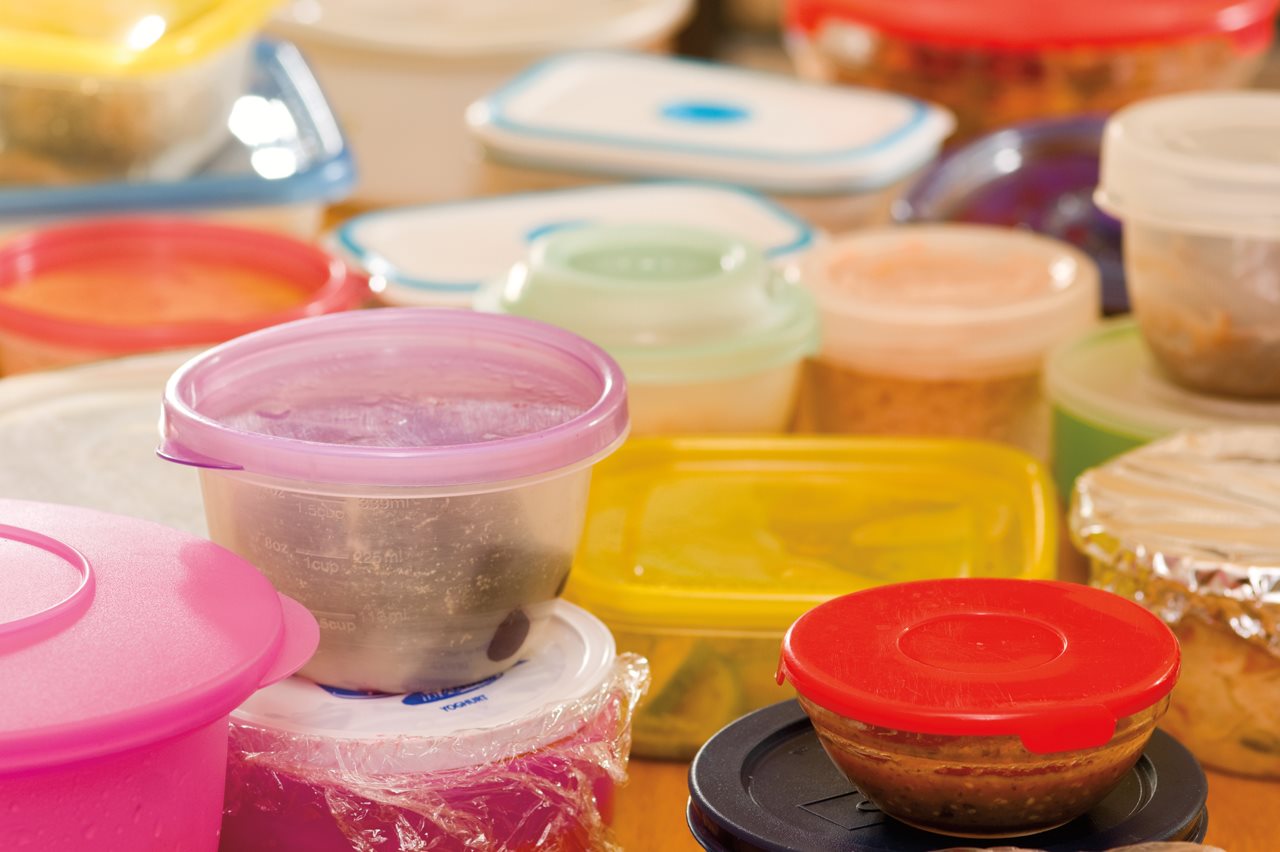
To ensure leftovers remain safe, make sure they are refrigerated or put on ice within two hours after being grilled, or one hour if the temperature is above 90 F. Leftovers should be consumed within three or four days after being refrigerated.
Make a habit out of these simple tips and you will be on your way to enjoying a barbecue season that will be as safe as it is delicious.

